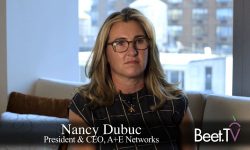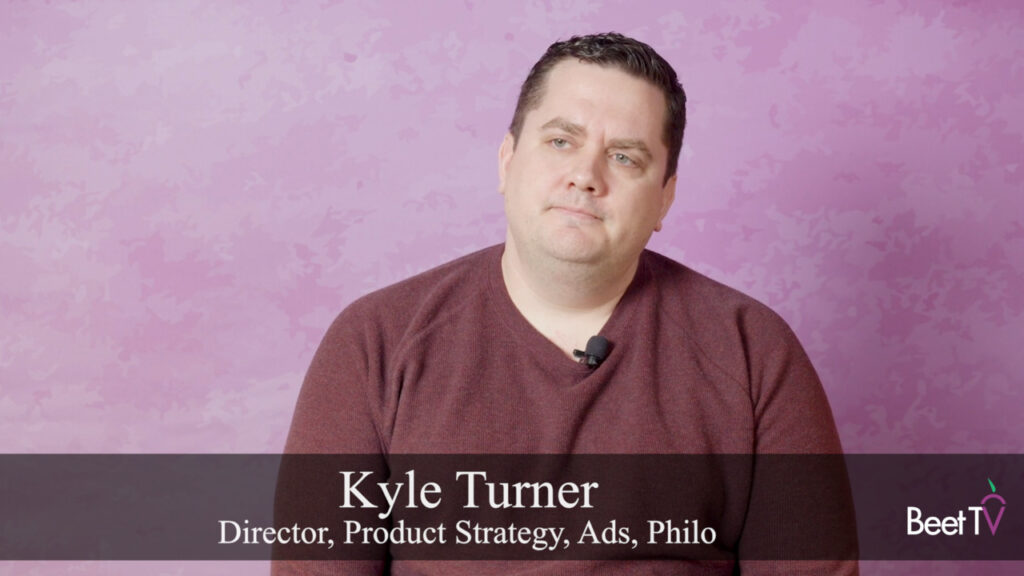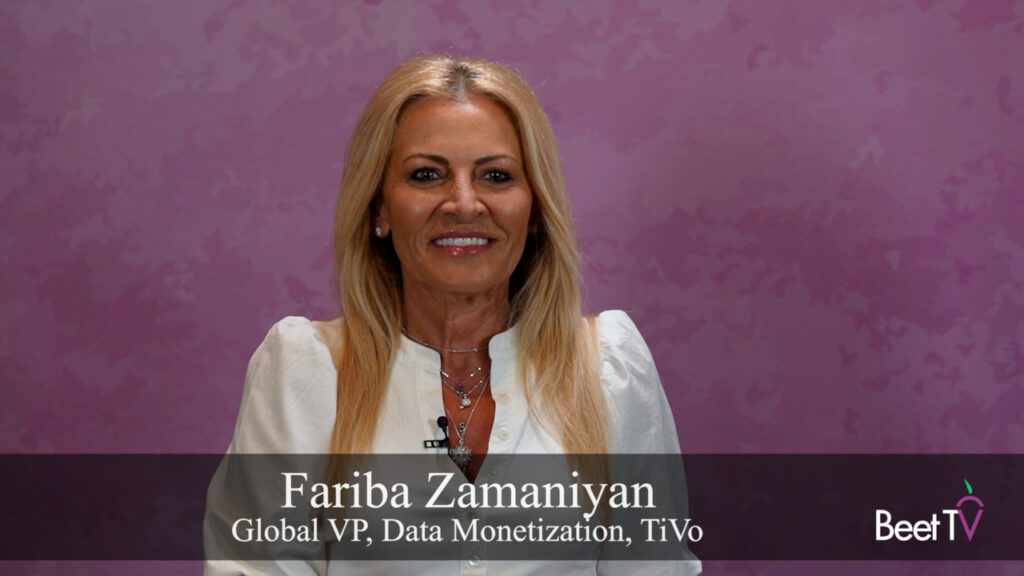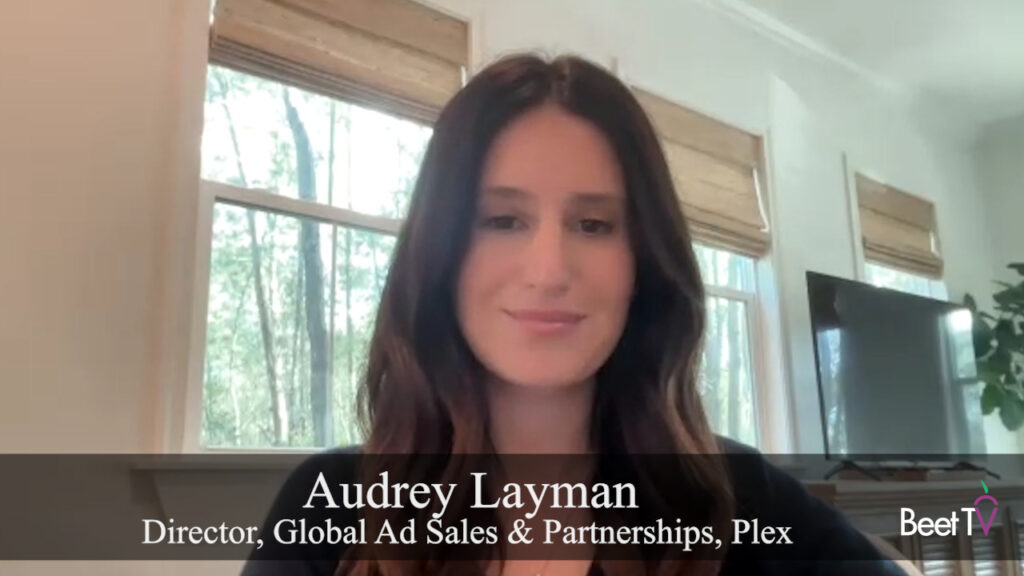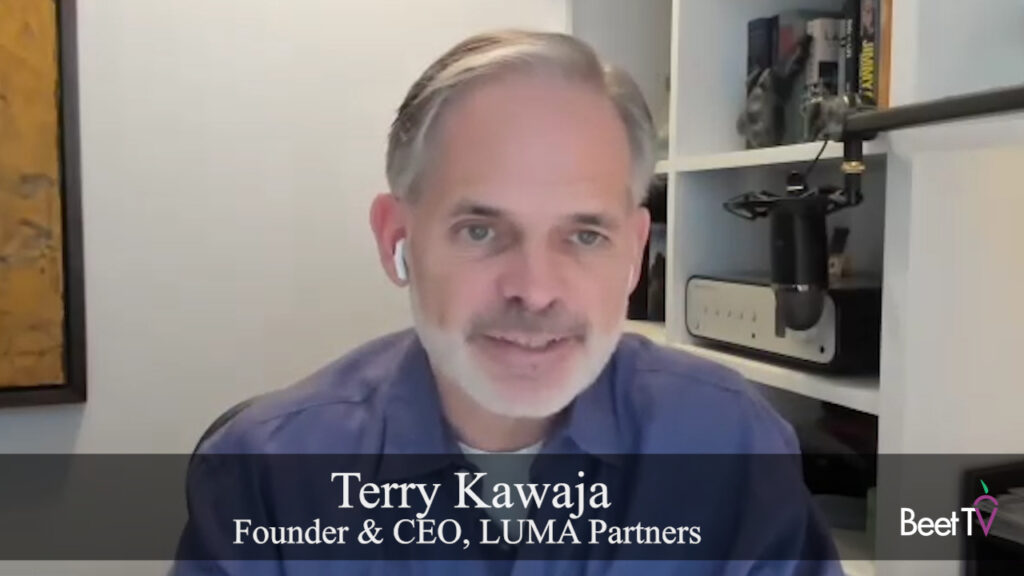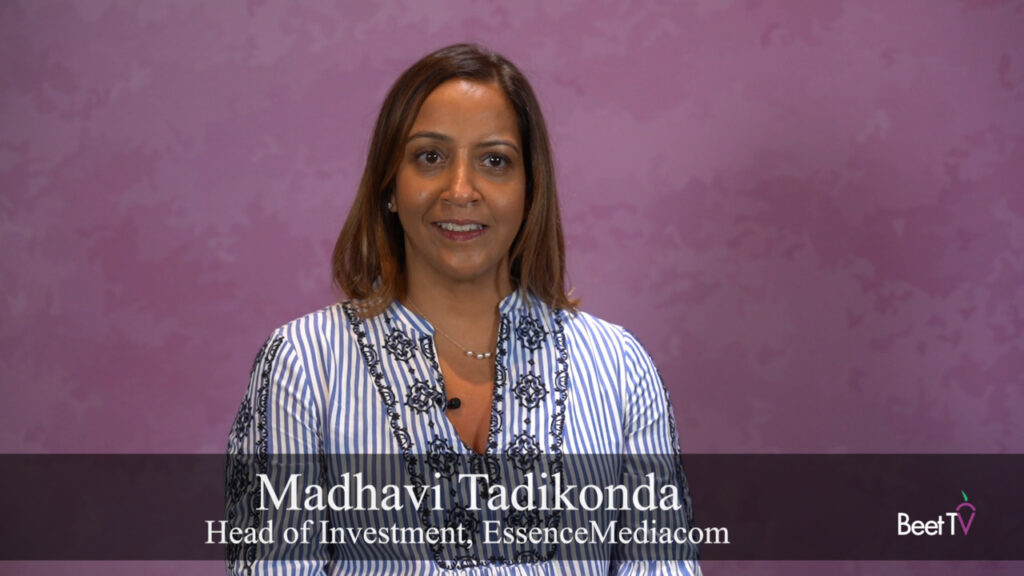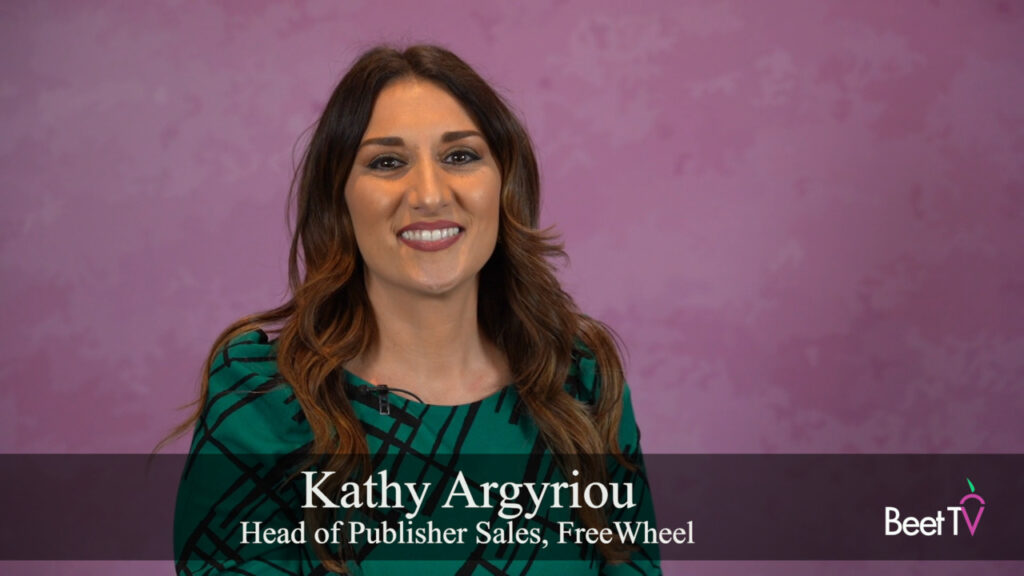What’s the difference between bidding on real-time, digital advertising avails and addressable television inventory? Not much, thanks to aggregation and automation.
While the national addressable TV footprint grows bigger with each passing year, many advertisers are making use of household targeting to hone in on specific audiences. And those capabilities are getting more sophisticated, as Brian Wallach, SVP, CRO, Advanced TV at FreeWheel, explains in this interview with Beet.TV.
Advertisers can either buy a full avail—meaning serving a different message to every household in the footprint—or a split avail, “Where you can buy households that are just the consumers that you’re looking for,” Wallach says.
Taking things a step further, there is “a real opportunity” in leveraging data to find audiences at high indices for products and services. This involves choosing programs, networks and daypart mixes that have the highest concentration of consumers that meet an advertiser’s needs.
FreeWheel, the industry’s most complete advertising management solution, aggregates avails from distributors’ two minutes of local ad inventory to create a national, addressable footprint. “Generally speaking, we’re looking not to compete with the local advertising, so we don’t sell local or regional avails, even though our technology affords us the opportunity,” Wallach says.
The biggest TV advertisers still do direct deals with programmers. But when they need to augment particular audiences, reach them with higher frequency or, say, launch a new product, they don’t necessarily need a full schedule on one particular network, according to Wallach.
“They can leverage a platform like ours that can apply the data and buy across every single cable network that’s available in our footprint at the network and daypart intersection level.”
This is where automation comes into play by providing campaign reporting in near real-time. “The next day, we know where our commercials ran for our specific advertisers, at what network and daypart intersection, at the DMA level,” Wallach says.
“We’re at this place where you actually can leverage this information and tie it back to any performance metrics that you have as a marketer to see if this is working or not working. Because of our automation, we’re able to optimize the campaigns to help drive those KPI’s.”
This interview was recorded in Manhattan as part of the Comcast/FreeWheel 2017 U.S. Client Summit “Unifying The New TV Ecosystem.” This series of videos from the summit is presented by FreeWheel.






